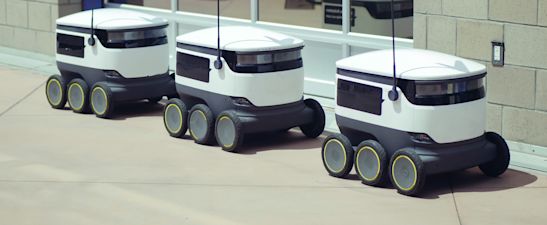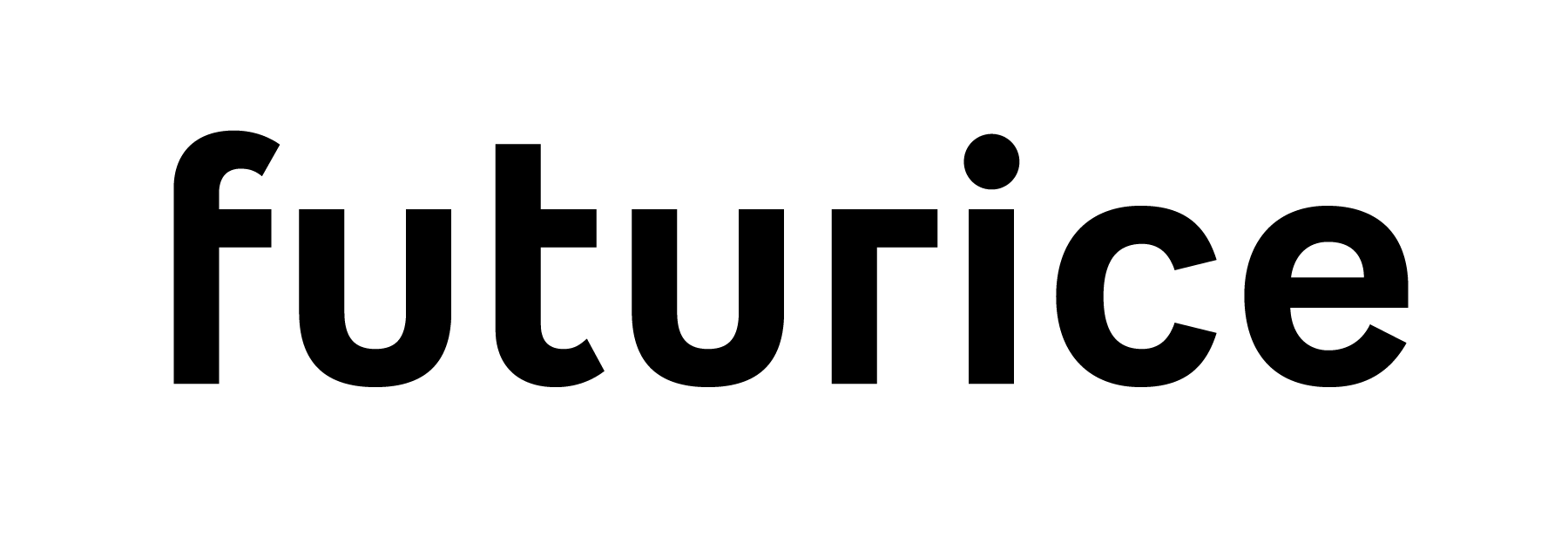Introduction
The use of voice-based user interfaces in grocery shopping could increase in the near future. Speaking one’s commands is a very different experience from seeing and tapping objects on a screen. Voice is linear and time-based. If you know exactly what you want, voice UI can be as quick as a thought, and when it matures, it becomes more frictionless. Making choices from a list is less so. Listening to a machine voice going through the items of a product category is simply not fun. Herein lies an opportunity. If a customer wants to be specific about the product they want, there are no problems - the voice UI delivers exactly that. It can, however, be just as quick when the customer doesn’t have a clear brand preference – if they are willing to let the algorithm decide. In this case the customer would get the product that is most convenient and cheap for the retailer to deliver, or the product that the retailer is promoting as a “default product”. This spot would be on sale much like shelf space in the shop or a campaign highlight spot in a web store. Customers that are willing to settle with the recommended “default product” should be offered savings in return for their flexibility.
Next steps
Voice UIs will only find their place if they are super simple and reliable. Brands will most likely have to compete for the status of “the default product”. The marketplace can also choose to prioritize their inhouse products or use AI to calculate the current best price for them. All this could lead to brands finding direct routes to customers. Close collaboration and openness is needed between retailers and manufacturers.
Opportunities
- For brands: Establish a marketplace or join one
- Engage your customers and think about the whole experience: transparency, brand values, social impact, other value in exchange
- Optimise the service for the customer but provide a way to give a feedback - let your service learn from customers.








